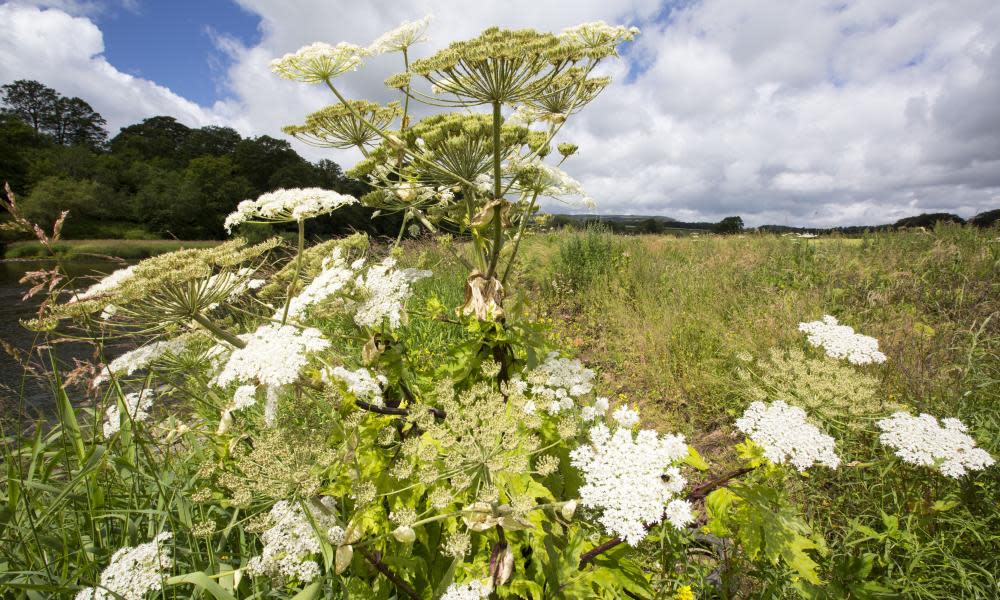The big and unfriendly giant hogweed

It’s a monster towering up to 20ft tall, leaves spreading out like giant hands and flowers arranged in clusters the size of dinner plates. This is the giant hogweed, and the tabloids have been running alarming headlines recently, claiming an explosion in numbers of “Britain’s most dangerous plant” is creating havoc as it spreads in the hot weather this summer.
In reality, the plant only spreads by seed, each plant producing up to 50,000 seeds released from late August onwards and cast into the wind or water. But the giant hogweed is undoubtedly a dangerous plant, armed with highly toxic sap and just brushing past it with bare skin is enough to cause painful skin burns, which blister when exposed to ultraviolet rays in daylight, and can take months to heal. Even years afterwards the skin remains sensitive to sunlight.
When the plant was brought here from the Caucasus mountains 200 years ago it became a gardening sensation for its colossal size. But the giant hogweed escaped into the wild and spread across the country, thriving in wet, fertile soil in partial shade. Its giant size swamps smaller plants and often grows in great clumps along watercourses, roadsides, hedgerows, waste places and rough grassland.
It is illegal to plant giant hogweed in the wild or transport its seeds and it’s also difficult to eradicate and must only be dug out with great care, or sprayed with herbicides; the dead material and the soil around the plant must be composted, burnt or disposed of in a licensed landfill site, and, because it’s an alien, the plant has no natural enemies here.

 Yahoo News
Yahoo News 
